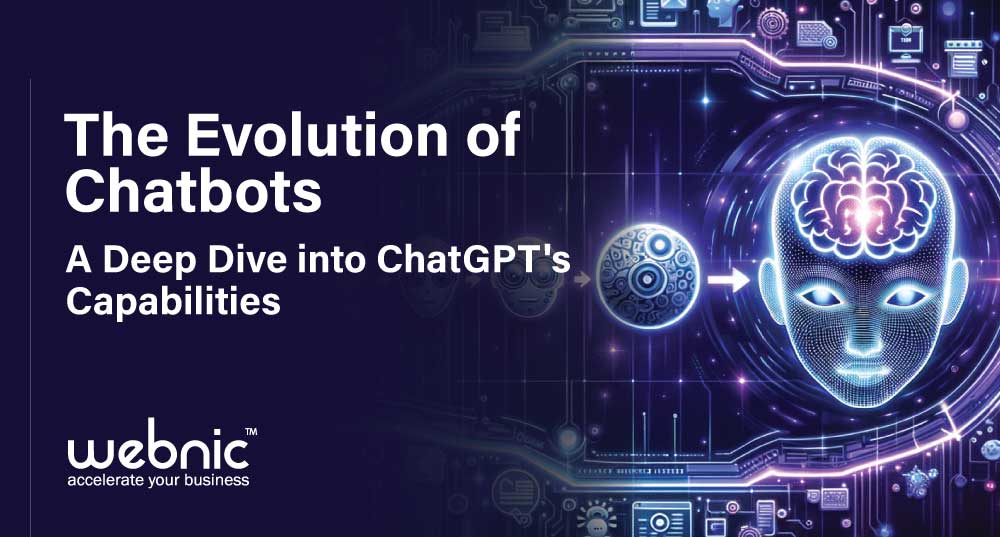In artificial intelligence, few innovations have garnered as much attention and acclaim as ChatGPT. Developed by OpenAI, ChatGPT represents a significant leap forward in the evolution of chatbots, boasting unparalleled capabilities in natural language understanding and generation. In this deep dive, we’ll embark on a journey through the inner workings of ChatGPT, exploring the intricate steps involved in its operation and the revolutionary advancements that underpin its remarkable capabilities.
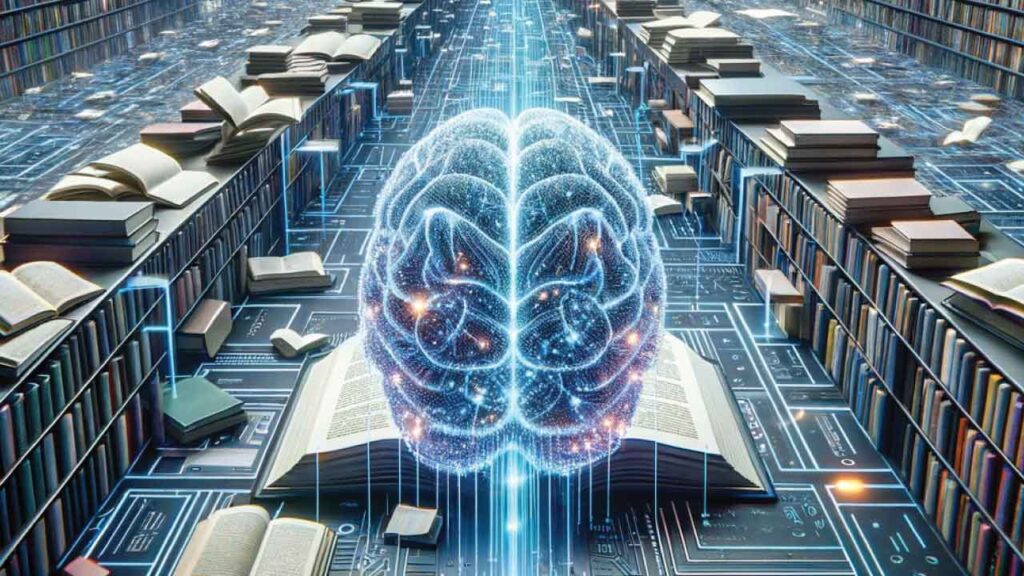
Pre-training on Vast Corpora
At the core of ChatGPT’s prowess lies its extensive pre-training on vast corpora of text data. Before engaging in real-time conversations, ChatGPT undergoes rigorous training on diverse sources of text, ranging from books and articles to websites and social media posts. This pre-training phase allows ChatGPT to learn the intricacies of human language, including grammar, syntax, semantics, and context, laying the groundwork for its subsequent conversational abilities.

Fine-tuning for Specific Tasks
Following pre-training, ChatGPT undergoes a process known as fine-tuning, where it is further trained on specific datasets or tasks to enhance its performance in targeted domains. For example, ChatGPT may be fine-tuned on customer service conversations, legal documents, or medical literature to tailor its responses to the needs of specific applications. This fine-tuning process allows ChatGPT to adapt its language generation capabilities to different contexts and domains, ensuring optimal performance in real-world scenarios.

Natural Language Understanding
A cornerstone of ChatGPT’s capabilities is its robust natural language understanding (NLU) mechanism. ChatGPT analyses input text through its transformer-based architecture, breaking it into meaningful tokens and embedding it into a high-dimensional vector space. This process enables ChatGPT to grasp the semantic meaning of the input text, identify relevant context, and extract key information—all essential components for generating contextually relevant responses.

Contextual Generation
Building upon its foundation of natural language understanding, ChatGPT excels in contextual generation—the ability to produce responses that are not only grammatically correct but also contextually appropriate. Leveraging its deep understanding of language structure and context, ChatGPT generates responses that align with the conversational context, maintaining coherence and relevance throughout the dialogue. This contextual awareness enables ChatGPT to engage in fluid, human-like conversations across various topics and scenarios.
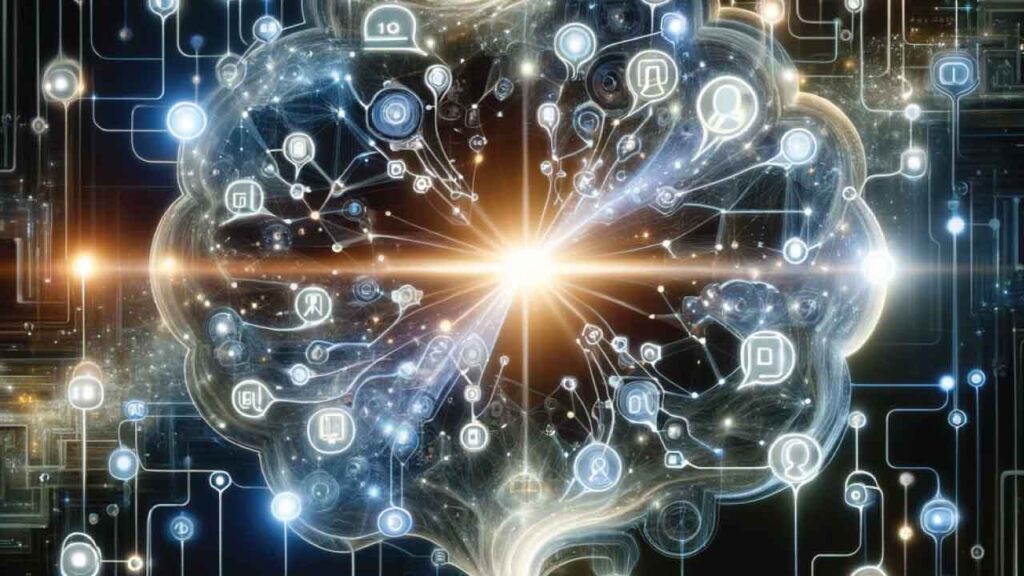
Multi-Turn Dialogue Management
Unlike traditional chatbots that often struggle with maintaining coherence over multiple dialogue turns, ChatGPT demonstrates remarkable proficiency in multi-turn dialogue management. ChatGPT can remember and reference previous parts of the conversation through its attention mechanism and memory modules, enabling it to sustain engaging, coherent dialogue over extended interactions. This capability enhances the user experience and opens up new possibilities for applications in customer service, education, and beyond.
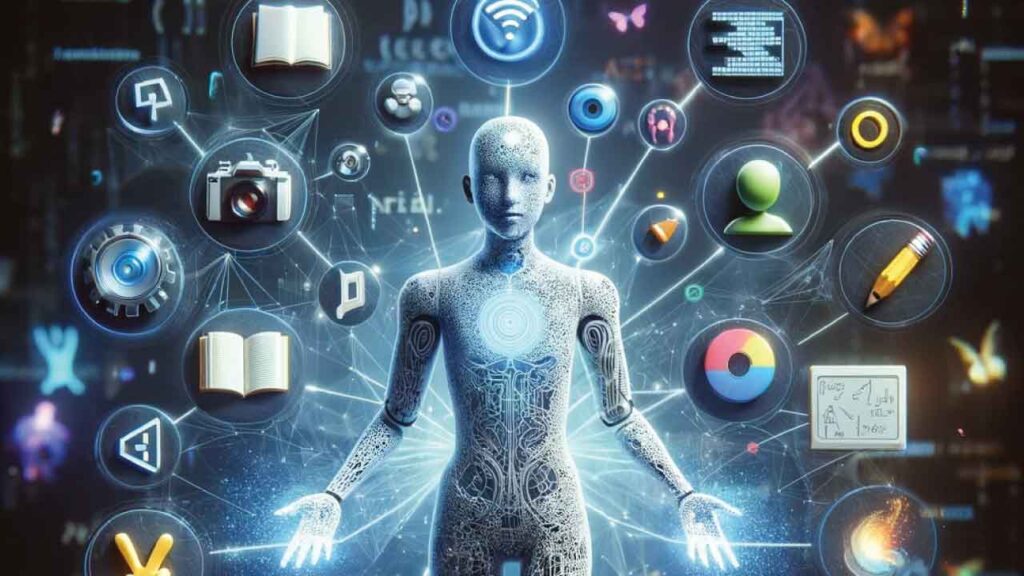
Personalisation and Adaptation
Another notable aspect of ChatGPT’s capabilities is its ability to personalise responses based on user input and preferences. ChatGPT adapts its responses to individual users’ preferences through continuous interaction and feedback, creating a more tailored and engaging conversational experience. This personalised approach fosters deeper engagement and rapport with the AI assistant, enhancing user satisfaction and driving adoption and usability.
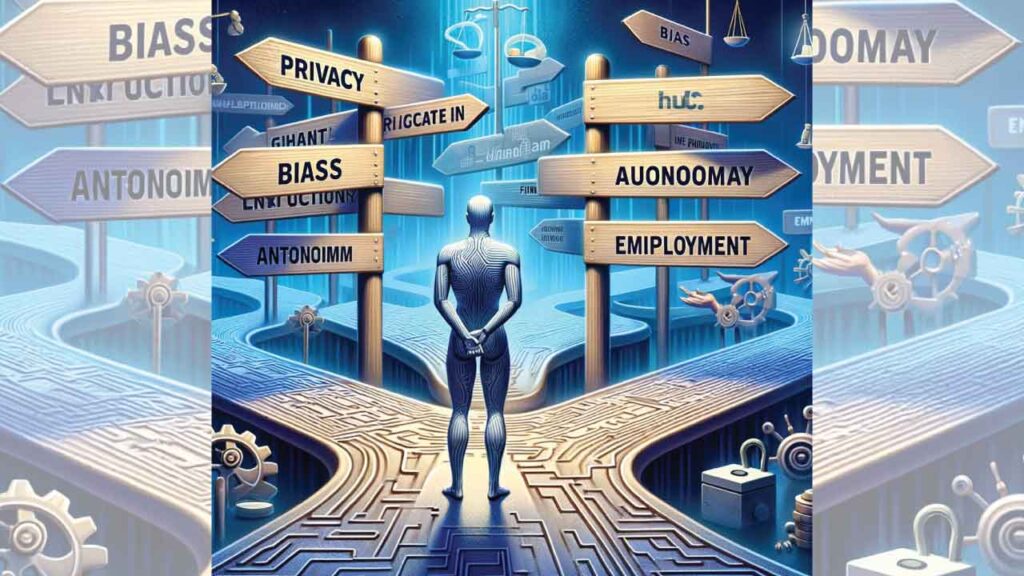
Ethical Considerations and Challenges
As with any advanced AI technology, the deployment of ChatGPT raises essential ethical considerations and challenges. Issues such as bias, misinformation, and privacy must be carefully addressed to ensure that ChatGPT is used responsibly and ethically. Transparency, accountability, and user consent are essential principles that must guide the development and deployment of ChatGPT, safeguarding against potential harm and ensuring that it serves the best interests of users and society.

Future Directions
The future for ChatGPT and similar AI-driven conversational technologies appears promising. Continued advancements in AI research, coupled with the exponential growth of data and computing power, are poised to fuel further innovation in this field. From virtual assistants and customer service bots to educational tutors and creative collaborators, the potential applications of ChatGPT are vast and varied. As we continue to explore the possibilities of AI-driven conversational technology, we must do so responsibly, guided by principles of ethics, transparency, and user empowerment.
ChatGPT represents a significant milestone in the evolution of chatbots, showcasing the remarkable progress made in natural language understanding and generation. Its advanced capabilities in contextual generation, multi-turn dialogue management, and personalisation open up new frontiers for human-AI interaction, transforming how we communicate and collaborate with intelligent systems. As we navigate the exciting possibilities and challenges, let us do so with a commitment to responsible innovation and a steadfast dedication to creating AI systems that enrich human experiences and empower individuals and communities.

